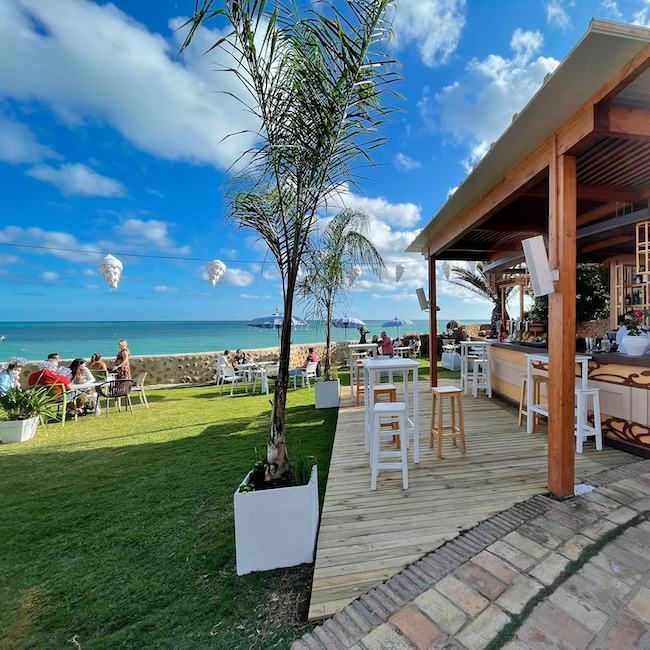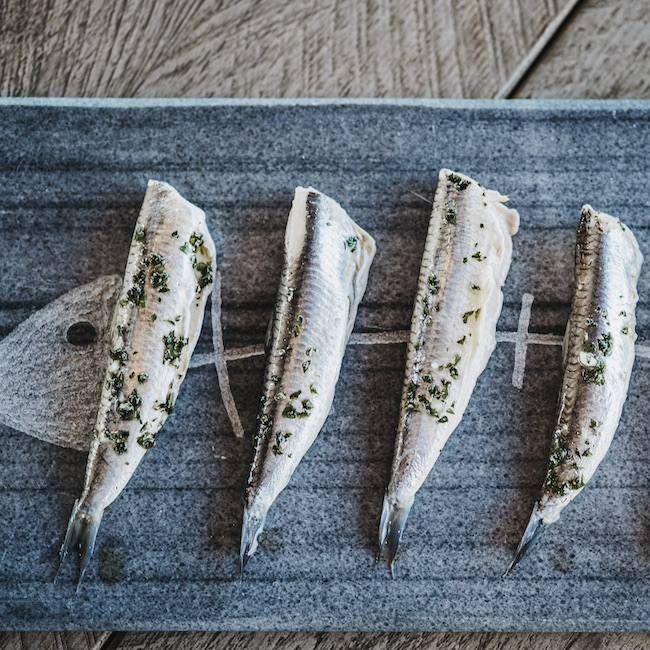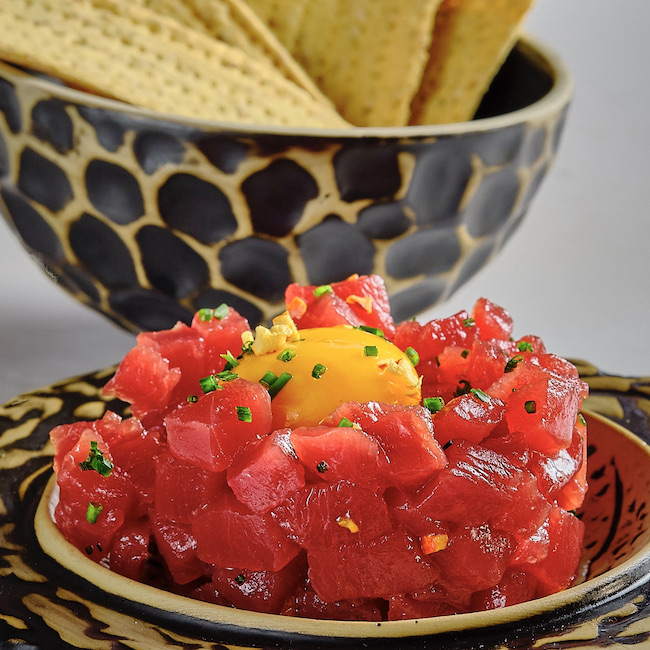.png.transform/rendition-xs/image_image%20(1).png)
'Chiringuito': How the Traditional Spanish Beach Bar Went Gourmet
Its origins are humble but, in recent times, a new generation is committed to offering the best Spanish products, along with great service
It's impossible to understand summer in Spain without the chiringuitos. The name refers to those establishments located next to or on the beach and which usually open during the summer season. This term, however, does not come from Spain, but from Cuba. The word chiringuito is a diminutive of chiringo, which was the name given to the coffee served in some establishments on the island and which consisted of pouring a splash of boiling water through a stocking. Over time, this way of preparing coffee gave its name to these establishments.
César González Ruano, an illustrious journalist and writer, imported the name he had learned during his travels in Cuba to refer to El Kiosket, an establishment located on the beach in the town of Sitges (Barcelona). El Kiosket adopted the official name of chiringuito in 1949: and the first of many was born.

During the 1960s and 1970s, with the explosion of tourism in Spain, the number of chiringuitos in the country multiplied. They not only served the incipient national beach tourism, but also the numerous foreign visitors who came in summer.
The initial formula was very simple. After all, many of these beach bars were nothing more than huts by the sea, offering simply prepared fish, rice dishes, and tapas. Nothing too sophisticated, just the essentials for people who wanted to keep their feet in the sand while having lunch or dinner.
The new 'chiringuitos': premium products and gastronomic ambition
The chiringuito's profile has evolved over time. From modest bars with a basic selection, now they're authentic restaurants where products are used carefully, good service is available, and wine is sold, as if it were a gastronomic restaurant. One example is La Milla, a chiringuito in Marbella (Andalusia) which has been mentioned in the Michelin and Repsol guides. "Since we opened our doors, in 2015, we've called ourselves a chiringuito. Being a chiringuito is a luxury for us; it's a location that not everyone can have," explains Luismi Menor, chef and partner of the restaurant.
The name La Milla comes from Marbella's Golden Mile, a 5-kilometer strip that stretches from the center of the Andalusian city to Puerto Banús. "In an area like this, we can't afford to serve second-rate fish or frozen seafood."

Menor's routine reflects his ambition. "I get up every day to be at the fish market at 6 am and choose the best and smallest fish, always working with reliable suppliers." On La Milla's menu, everything has a "surname:" "The king prawns are from Sanlúcar de Barrameda (Cádiz), the red prawns are from Motril (Granada) or Ayamonte (Huelva)... We offer the best of the best from the Andalusian coast."
According to Menor, service also makes a difference. "Although we prepare espetos, fish that is grilled over an open fire on a skewer, we do everything in full view of the customer. We do the same with our rice dishes, which are served at the table...". Additionally, two sommeliers are in charge of offering diners wine advice: more than 1,000 wines await on the menu of this atypical chiringuito, which even has a research and development (R&D) department.
There's also Atenas Playa, which opened in 2014, just a few months before La Milla Marbella, on La Barrosa beach (Cádiz). Miguel Grande, who comes from a family of restaurateurs and owns the Los Galayos restaurant in Madrid's Plaza Mayor, has turned the classic beach bar around "with a menu that features delicious food and more options to drink than a simple tinto de verano." This restaurant also boasts a cocktail menu.
For Grande, it's important to use local products such as "sea bass, local fish, and cheeses from Cadiz province." Atenas Playa also has fun with its dishes. One example is that the fish can be served in tacos. Their gastronomic curiosity has led them to offer meals in collaboration with renowned chefs. "In 2015 we offered a dinner with Ángel León, the chef of the sea, who currently has 3 Michelin stars."
Atenas Playa also plays with aspects of the experience that had never been focused on in this type of premises. "From the beginning, it was clear to me that the tableware and glassware had to be of the highest quality, as well as the tablecloths, furniture, etc. We wanted the client to feel as comfortable as possible."

There's no doubt that, since 2015, the number of chiringuitos that have upgraded to a gourmet version has multiplied. According to Grande, "Competition is good: when everyone is trying to do things well, everything improves. In the end, people want to eat overlooking the sea, but not just anything; they want quality products," says this restaurateur who, along with a few others, has managed to change the chiringuito of yesteryear, born simply to feed tourists, for a version in which the name is practically synonymous with restaurant.
Author: Javier Sánchez/ @ICEX

